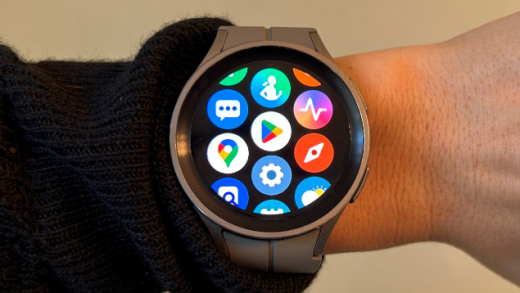In today’s rapidly evolving world, traditional classroom practices are being challenged to keep up with the demands of the 21st-century learner. As technology continues to reshape our lives, it is imperative that we explore innovative ways to transform the classroom into a dynamic and engaging environment. In this blog post, we will delve into several cutting-edge innovations that can revolutionize education and enhance the learning experience for students.
1. Personalized Learning:
One of the most significant innovations in the classroom is personalized learning. By leveraging technology, educators can tailor instruction to meet the unique needs and interests of each student. Adaptive learning platforms, such as AI-powered software, can analyze individual learning patterns and provide personalized content, pacing, and assessments. This approach ensures that students receive targeted instruction, fostering a deeper understanding of the subject matter.
2. Gamification:
Integrating gamification elements into the classroom can greatly enhance student engagement and motivation. By incorporating game-like features, such as leaderboards, badges, and rewards, educators can transform mundane tasks into exciting challenges. Gamification not only makes learning enjoyable but also promotes healthy competition and collaboration among students. Additionally, educational games and simulations can provide immersive experiences, enabling students to apply their knowledge in real-world scenarios.
3. Virtual and Augmented Reality:
Virtual and augmented reality (VR/AR) technologies have the potential to revolutionize the way students learn. VR can transport students to different times, places, and environments, enabling them to explore historical events, visit far-off locations, or even dive into the microscopic world. AR, on the other hand, overlays digital information onto the real world, allowing students to interact with virtual objects and enhance their understanding of complex concepts. These immersive technologies provide experiential learning opportunities that traditional methods cannot replicate.
4. Collaborative Online Platforms:
With the rise of online platforms, collaborative learning has become more accessible and efficient. Educators can leverage tools like Google Classroom, Microsoft Teams, or other learning management systems to facilitate communication, collaboration, and resource sharing among students. These platforms enable students to work together on projects, provide feedback to peers, and engage in discussions beyond the confines of the physical classroom. Collaborative online platforms foster a sense of community and empower students to take ownership of their learning.
5. Artificial Intelligence in Assessment:
Traditional assessment methods often fall short in capturing a student’s true abilities and potential. However, with the integration of artificial intelligence (AI), assessments can become more accurate, efficient, and personalized. AI algorithms can analyze vast amounts of data to provide detailed insights into a student’s strengths, weaknesses, and learning progress. This data-driven approach allows educators to tailor their instruction and provide targeted interventions, ensuring optimal learning outcomes.
Conclusion:
The classroom of the future is brimming with innovative possibilities. By embracing personalized learning, gamification, VR/AR technologies, collaborative online platforms, and AI-driven assessments, educators can create a dynamic and engaging learning environment that caters to the diverse needs of students. As we continue to explore and implement these innovations, we can empower the next generation with the skills and knowledge they need to thrive in an ever-changing world.


